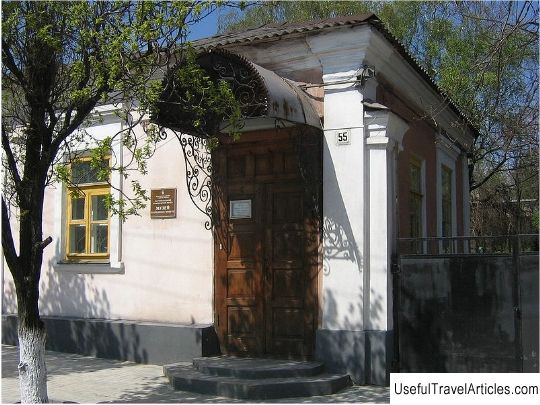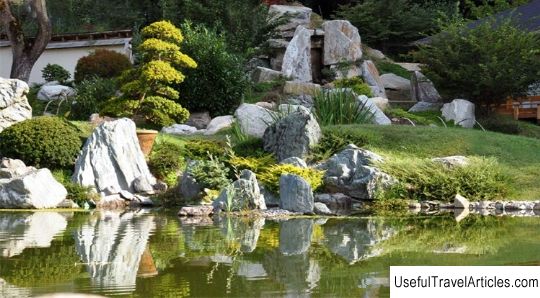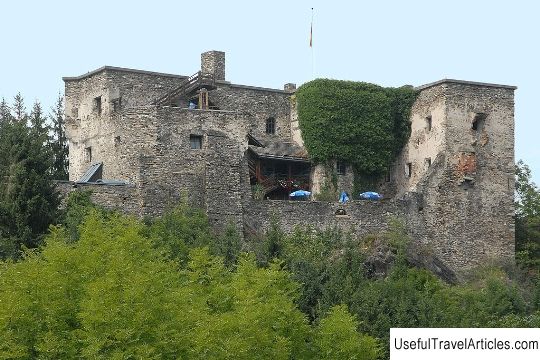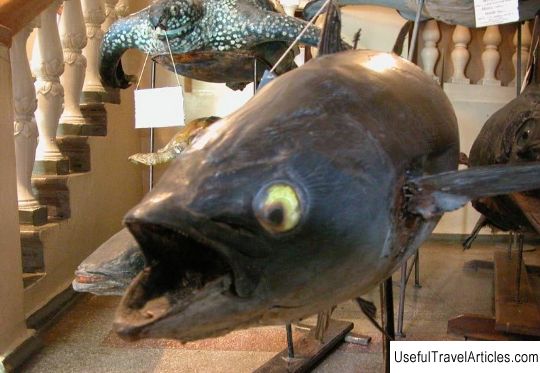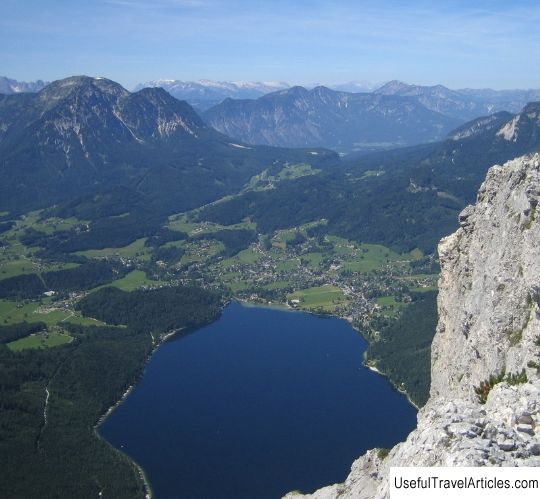Fisheries Museum (Fischereimuseum) description and photos - Austria: Seeboden
Rating: 7,9/10 (904 votes) 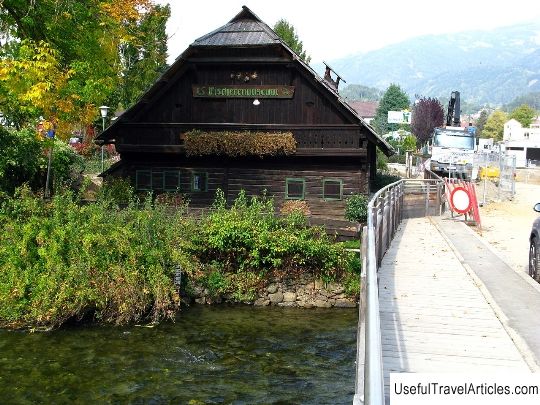
Fisheries Museum (Fischereimuseum) description and photos - Austria: Seeboden. Detailed information about the attraction. Description, photographs and a map showing the nearest significant objects. The name in English is Fischereimuseum. Photo and descriptionThe Fisheries Museum, located near the center of the Seeboden fairgrounds, is considered the first in the entire state of Carinthia. It is located in the western bay of the large Austrian lake Millstatter See, a popular tourist destination. The history of this area, inhabited since ancient times, is interesting. It is believed that the Romans were already fishing in this reservoir. The old Roman road is known to have led through the Millstetter Mountains. On the shore of the lake there was a large peasant house with access to open water, a hearth and a small vegetable garden. The first mention of it dates back to 1084. Subsequently, this modest building has many times changed generations of fishermen who lived in it, and itself was rebuilt several times. However, the modern hut has survived from quite a long time ago - it dates back to 1610. Millstatter See itself has been rich in fish for hundreds of years. It is known that local fishermen even controlled the water level in the lake, which caused great harm to peasant plots in the village of Dobriakh, located on the other side of the lake. In the 18th century, there was even a serious conflict between fishermen and the inhabitants of Dobriach, resolved in favor of the fishermen. Unfortunately, due to uncontrolled fishing that began in the middle of the 19th century, the number of the most common individuals - salmon, trout and salmon - began to decline. In 1918, these lands passed into the possession of the barons Klinger von Klingershtoff, who settled in the beautiful Portia palace, made in the style of the Renaissance. And in 1980, due to an increase in the flow of tourists, it was decided to restore the dilapidated hut and transform it into a fishing museum. Among the exhibits of the museum, first of all, it is worth noting a variety of fishing tackle and other outlandish devices that have survived since ancient times. However, there are also more modern fishing-related items such as harpoons, underwater photography kits and water sports equipment. Many photographs and documents are also worth noting, including an official ban on crab fishing and night fishing. Among other things, the interior of this house, which has been preserved in an almost authentic form, also arouses curiosity. Of particular note is the small kitchenette with a hearth, made in the tradition of a 17th century residential building. Special museum exhibits are presented in the open air - these are several old dugout boats dating from the 6th-7th centuries of our era. One of them was found at the bottom of another large Austrian lake - Worther See.    We also recommend reading Valle de Vinales description and photos - Cuba: Vinales Topic: Fisheries Museum (Fischereimuseum) description and photos - Austria: Seeboden. |
